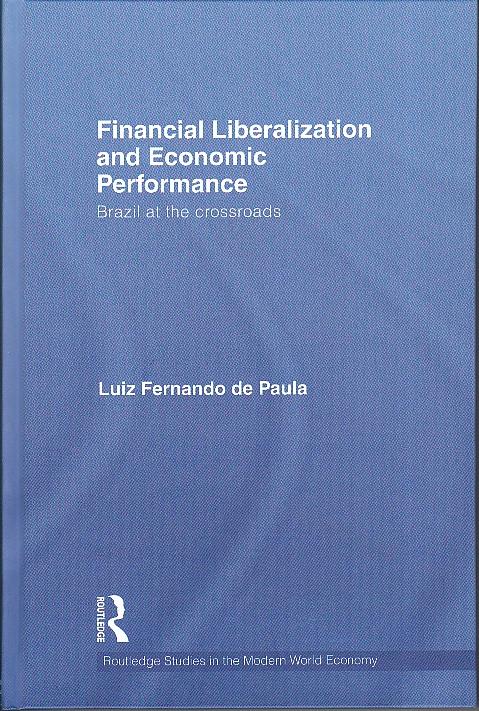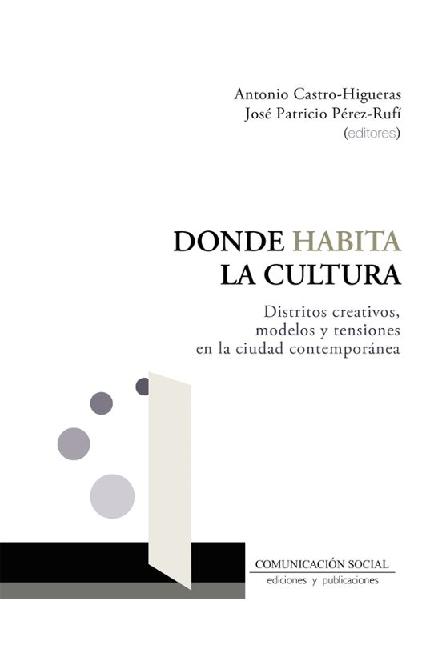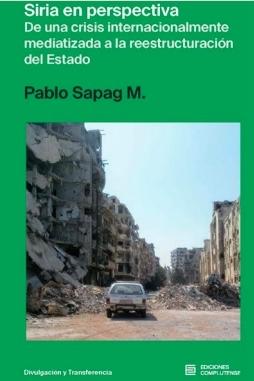Financial Liberalization And Economic Performance "Brazil At The Crossroads"
Brazil At The Crossroads

 (0 Comentarios)
(0 Comentarios)
Comenta y valora este libro
pvp.116,50 €
Sin Stock. Posibilidad entre 11 y 20 dias
- ISBN:9780415460095
- Editorial: Routledge
- Fecha de la edición:2010
- Encuadernación:
- Dimensiones: 0 cm x 0 cm
- Nº Pág.:272
- Idiomas:Ingles,Inglés
Materias:
Otros libros de Estructura Económica
-
Varios Autores
Donde habita la cultura "Distritos creativos, modelos y tensiones en la ciudad contemporánea"
Comunicacion Social Ediciones y Publicaciones. 2025

pvp.23,00 €
-
Sapag M., Pablo
Siria en perspectiva "De una crisis internacionalmente mediatizada a la reestructuración del Estado"
Ediciones Complutense. 2025

pvp.16,00 €
-
Ortega, Ramón; Puyol, Ángel
Con la salud no se juega "Ética y política de la salud colectiva"
Plaza y Valdes. 2025

pvp.18,50 €




